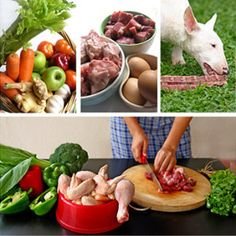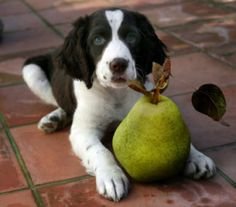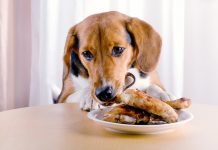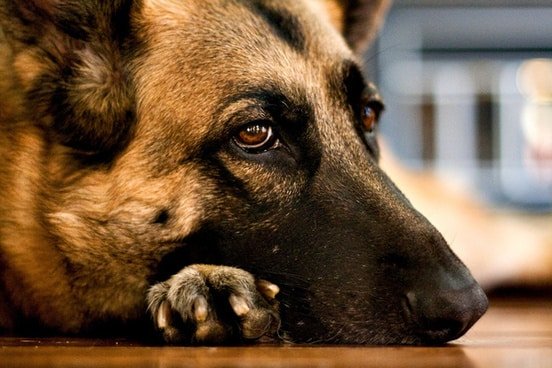Buying Raw Food for Pets?
 We now know that commercial foods can be damaging to our pets, and that a Raw Food diet of meats and vegetable leads to a much happier, healthier and full of energy pet with a longer lifespan and less future health problems. But for some pet owners, buying raw foods for their pets is a big challenge (though rewarding) and before you do start buying, there are a few must knows to take into consideration which will be spoken about here.
We now know that commercial foods can be damaging to our pets, and that a Raw Food diet of meats and vegetable leads to a much happier, healthier and full of energy pet with a longer lifespan and less future health problems. But for some pet owners, buying raw foods for their pets is a big challenge (though rewarding) and before you do start buying, there are a few must knows to take into consideration which will be spoken about here.
1. Firstly, if you wouldn’t eat, then your dog should not eat it. When you are buying food, make sure it is up to your standards and fit for human consumption. Think of yourself, and make sure that the food is as fresh as can be and of the highest quality and by doing this you are guaranteeing success by following the raw food model aswell as the safety of your pet.
2. It’s not very hard these days to find a reliable butcher as there are many in each town and city worldwide and most of us are friendly with the local butcher. Ask your butcher whether the meat on the premises comes from a farm that does not use horrible growth stimulants in the livestock.
 Even the word growth-stimulant frightens me, and just like looking for organic fruit and veg for our pets, our meat should be the same and grown in an organic manner. These meats that use these stimulants can lead to unnatural growth in your pet and future health problems.
Even the word growth-stimulant frightens me, and just like looking for organic fruit and veg for our pets, our meat should be the same and grown in an organic manner. These meats that use these stimulants can lead to unnatural growth in your pet and future health problems.
Think logically when buying raw meats for your dog and buy the right amount of quantities saving you money, fridge and freezer space. Be sure to ask your butcher about shelf life and how long can these meats be stored in the freezer?
Frozen meats can be stored from up to 3-6 months, depending on the type of meat. Vegetables can be stored up to a week but if you want to store for longer periods of time, you can create a vegetable slosh in bulk and freeze it in the portions that you will be feeding your dog, this is a great method.
3. When feeding your pet raw fruits and vegetables, try to buy organic to stay clear from growth enhancers, pesticides and insecticides, keeping all the products clean and natural and great for your dog.
Most foods that are not growing the organic way usually have chemicals on the skin even on the inside which can lead to health problems with your pet (even us Adults), and even if you give these vegetables and fruits a good washing the chemicals and pesticides may not be completely cleaned away.
How Often Should You Feed Your Pet?
 With your puppy, compared to a fully grown dog, just remember that it will need more protein in its diet because they are at a critical growing stage. For around the first three months a puppy will eat around four times a day and as they get older you switch to fewer feedings.
With your puppy, compared to a fully grown dog, just remember that it will need more protein in its diet because they are at a critical growing stage. For around the first three months a puppy will eat around four times a day and as they get older you switch to fewer feedings.
As for the older dogs, there are certain factors that come into consideration about feeding: The size of the dog and how active is your pet. They will eat less than a puppy, but if the dog is huge, or has a huge crazy amount of energy then they will need a high percentage of protein. Keep notes of quantities and of which meat works best for future records making it easier when you go to buy foods.
You will always find arguments for and against Raw Feeding, but use common knowledge and more importantly, always think about the welfare of your pet and you’ll be fine.
This information was very helpful for us as we were making the switch and we obtained it from the popular eBook Raw and Natural Nutrition for Dogs: The Definitive Guide to Homemade Meals and Its author, Sharon Bolt makes it easy to follow and gives great guidance on choosing raw foods for pets as well as proper storage and preparation which is very important.
If you are just starting out on this diet then this course will definitely help you as it did us and help you avoid food contamination which while I was researching for this site on many forums, found that that’s what a lot of people were afraid of, but know what you are doing and you’ll be fine.
[kad_youtube url=”https://www.youtube.com/watch?v=QwMAVD999Ng” ]




















